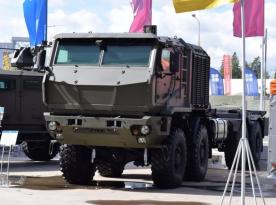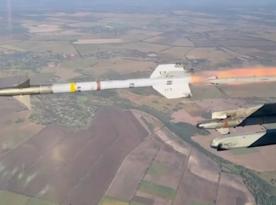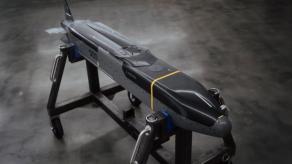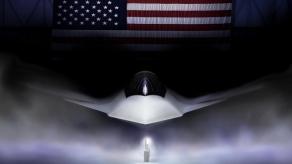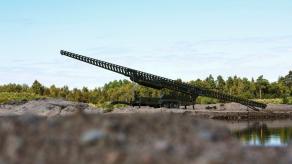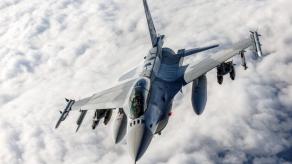On June 22, U.S. President Donald Trump announced a coordinated strike on three Iranian nuclear facilities. The United States conducted the operation using seven strategic stealth bombers, which collectively dropped 14 GBU-57 Massive Ordnance Penetrator (MOP) bombs, each weighing 13 tons and designed for deep bunker penetration.
This marked the first operational use of the GBU-57 by the U.S. Air Force, as confirmed by Secretary of Defense Pete Hegseth and Air Force Gen. Dan Caine, chairman of the Joint Chiefs of Staff, during a press conference in the Pentagon. The top-ranked defense officials shared some details of this raid, dubbed Operation Midnight Hammer.
Read more: Hardest Target Yet: What Weapon Struck iranian Nuclear Sites in Isfahan
"After proceeding quietly and with minimal communication for 18 hours from the U.S. to the target area, the first of seven B-2 Spirit stealth bombers dropped two 30,000 GBU-57 Massive Ordnance Penetrator 'bunker buster' bombs at the Fordo site yesterday at approximately 6:40 p.m. EDT," Caine said.
The GBU-57 is a precision-guided, bunker-busting bomb with a total weight of 13.2 tons, including a 2.7-ton warhead. According to open sources, it can penetrate up to 60 meters underground or breach 16 meters of reinforced concrete.
This raises a key question: how many GBU-57 bombs does the U.S. actually possess, and what are the current production rates? Understandably, no official data is available at present. However, the most recent publicly confirmed figure dates back nearly a decade. In November 2015, the U.S. Air Force noted the bomb’s limited availability in an official release.
More recent insights were provided by Bloomberg in a May 2024 report. The article focused on the expansion of a U.S. munitions plant in Oklahoma, aimed specifically at boosting production of the country’s largest non-nuclear bomb, the same MOP used in the June 22 strike on Iran.
According to that report, the U.S. was producing two GBU-57 bombs per month, or 24 per year. The facility’s expansion is expected to raise output to at least six, possibly eight bombs monthly. This would result in an annual production rate of 72 to 96 units. The plant upgrade was scheduled for completion by early autumn of the previous year.
Based on these numbers, it is reasonable to estimate that, by the time of Operation Midnight Hammer on the night of June 22, the U.S. had amassed several hundred GBU-57 bombs. However, even that stockpile is not particularly large. The strike on the Fordow facility alone consumed 12 of these massive munitions.
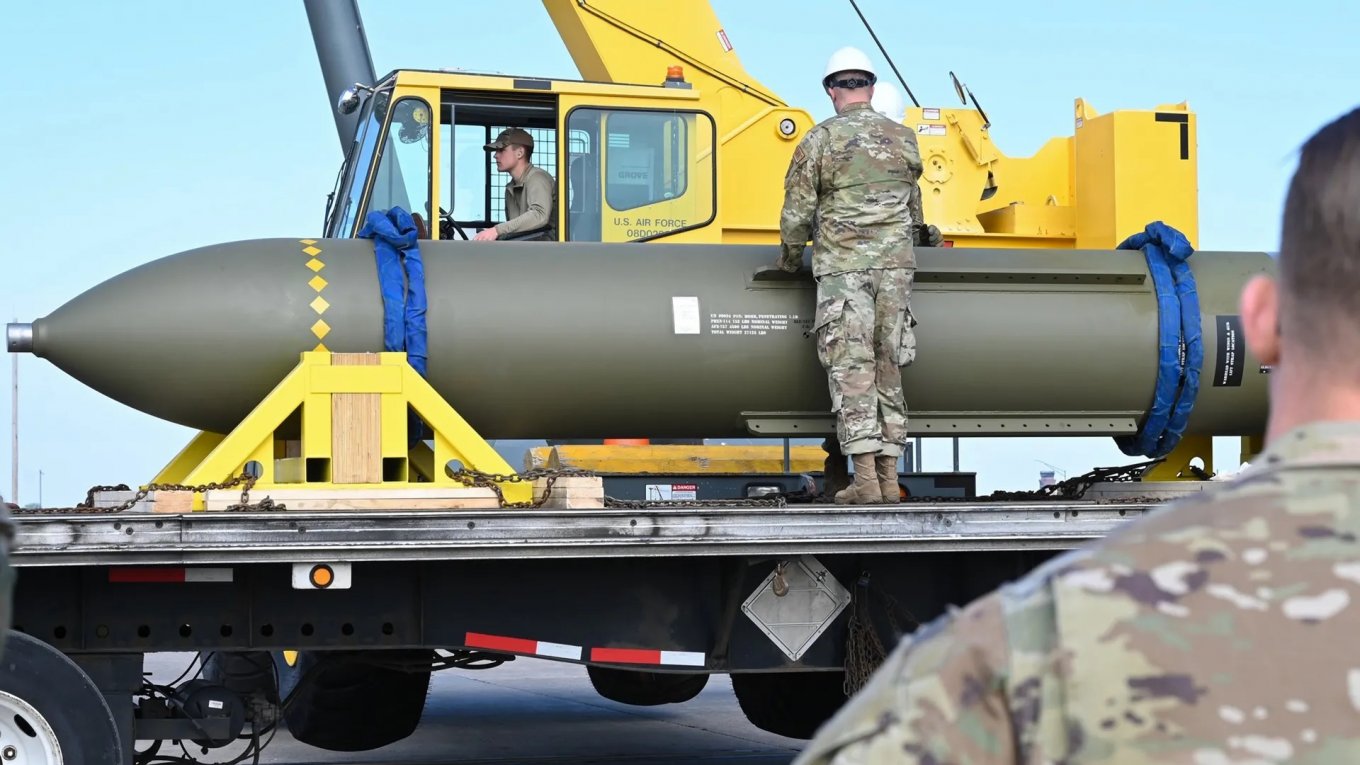
Previously, Defense Express reported on the weapons involved in the U.S. attacks on the other two nuclear sites in iran —Natanz and Isfahan — with the latter proving to be the hardest target to hit yet. With over two dozen Tomahawks used to strike these locations, the U.S. used a total of 75 precision weapons in the operation.
Read more: How iran Got AWACS From Iraq and Why Those Jets Were Not Used Against Israel





